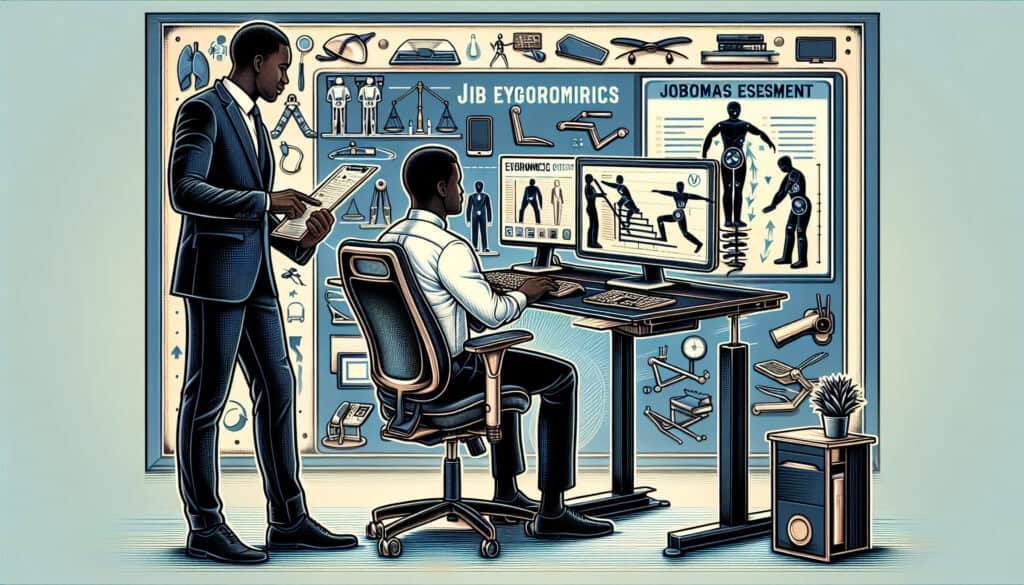用于确定 人体工学 工作风险。
- 方法: 客户与营销, 构思, 产品设计
工作屏幕

工作屏幕
- 持续改进, 人体工程学, 人为因素, 人因工程(HFE), 精益制造, 流程改进, 质量管理, 风险管理, 安全
目标
如何使用
- 一种快速易用的工具,用于识别肌肉骨骼疾病高风险工作。它通常包括一份风险因素清单,如笨拙的姿势、重复性动作和用力。
优点
- 使用简单方便;人体工程学专业知识有限的人也能使用。
缺点
- 可能不如全面人体工程学评估准确或详细;可能无法识别所有风险因素。
类别
- 人体工程学, 风险管理
最适合:
- 快速识别工作场所中的高风险工作,以确定进一步工作的优先次序 人体工程学评估.
工作筛查方法在制造业、医疗保健业和物流业尤为重要,因为这些行业普遍存在体力劳动和重复性工作。这一工具可在工作场所安全评估的初始阶段进行整合,以确定哪些岗位发生肌肉骨骼疾病的可能性较高。在实施过程中,它可以作为更详细的人体工程学评估的前奏,使公司能够有效地分配资源,并优先考虑保护员工健康的干预措施。简单的核对表格式意味着一系列人员,如安全员、团队领导和员工,都可以使用该工具。 人力资源 员工可以参与评估,从而培养一种积极主动的工作场所文化,将员工的健康放在首位。企业可以选择定期进行这些筛查,尤其是在引入可能改变工作要求的新设备或工作流程时。使用 "工作筛查 "有助于及早识别风险,在工伤发生前进行改进,并创造更安全的工作环境,最终提高员工满意度和工作效率。考虑根据工作屏幕结果进行调整,可促使采用更符合工人体能的人体工程学工具或培训措施,从而随着时间的推移显著降低工伤率和相关成本。
该方法的关键步骤
- 确定在工作场所执行的工作任务。
- 使用核对表评估每项任务的风险因素,如姿势笨拙、重复动作和用力过度。
- 根据核对表的结果为每项任务分配一个风险等级。
- 优先对风险较高的工作岗位进行进一步的人体工程学评估。
专业提示
- 融入实时数据收集技术,如可穿戴设备或智能手机应用程序,以加强 "工作屏幕 "评估。
- 鼓励与生理学家和人体工程学专家开展跨学科合作,根据最新研究成果完善核对表。
- 根据反馈和实地观察结果定期更新风险因素清单,以确保其相关性和有效性。
历史背景
1986
(如果日期不详或不相关,例如 "流体力学",则对其显著出现的时间作了四舍五入的估计)。

相关文章
肌肉骨骼不适调查表
多变量测试(MVT)
多元回归分析
动作捕捉系统
MoSCoW 方法
情绪中值测试